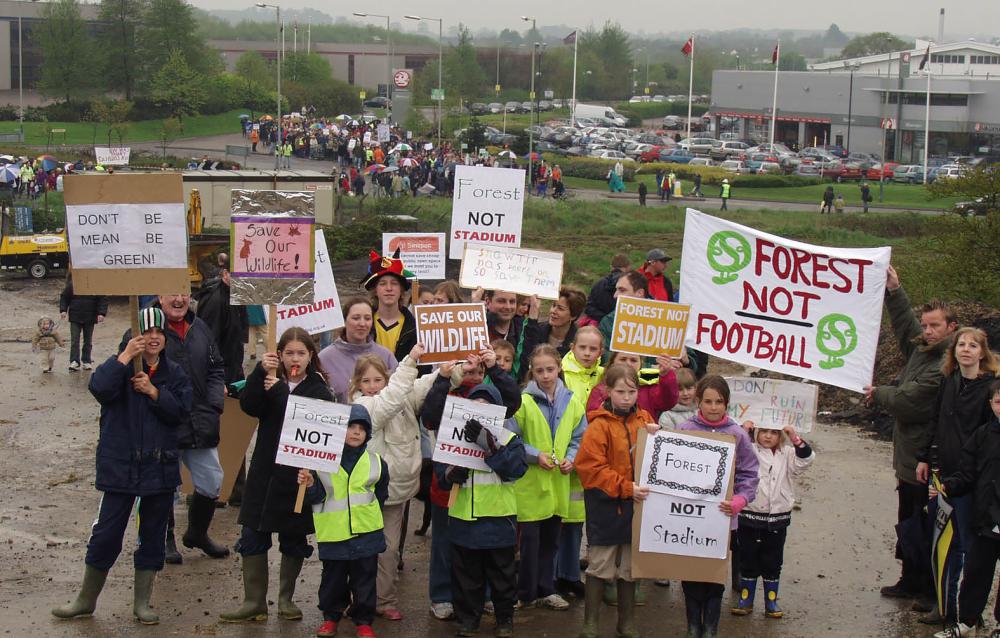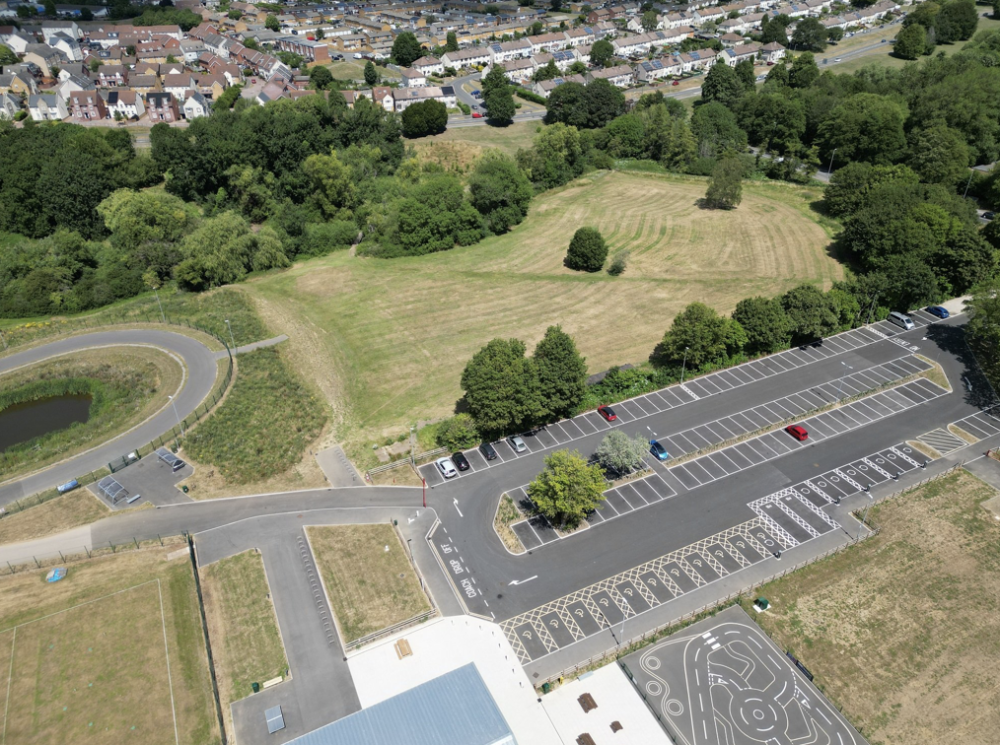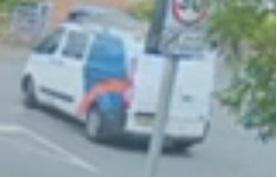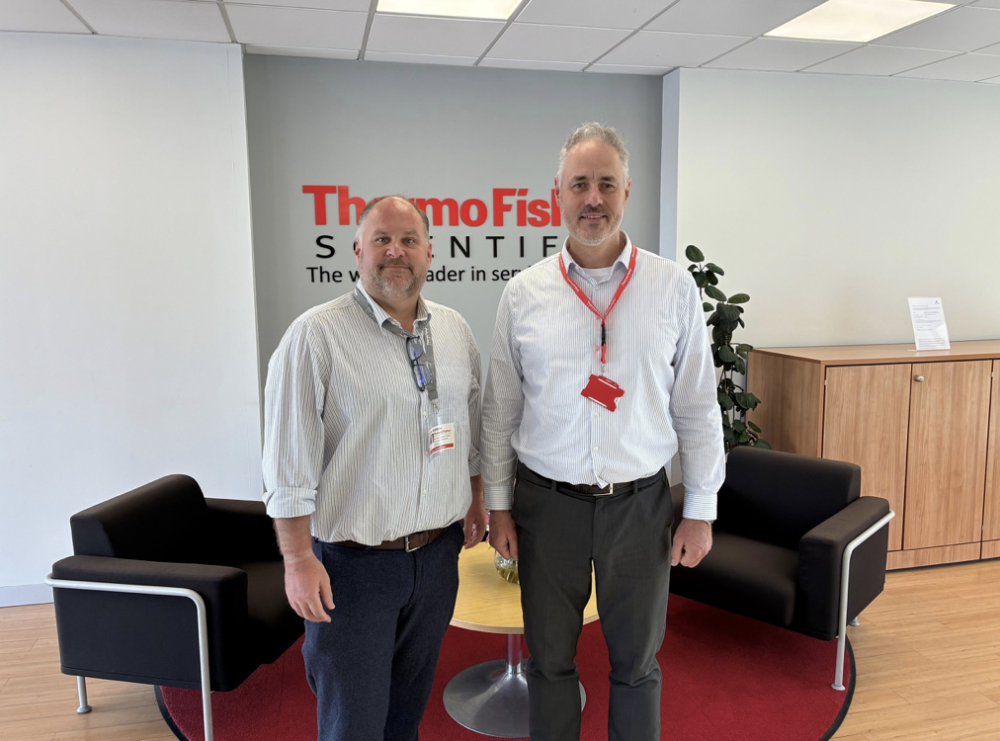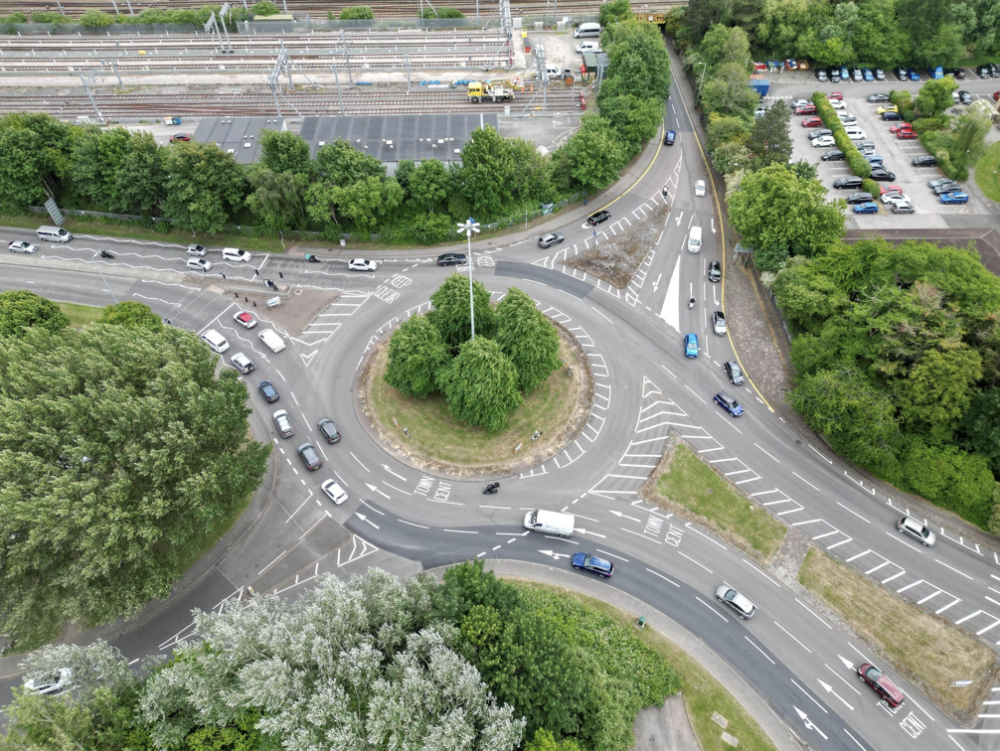Community protest stimulated by Sparcells resident Alan Hayward preserved green space in West Swindon
West Swindon resident Alan Hayward, who could be dubbed the 'saviour of Shaw Forest', sadly died on 12 August after a three year struggle with bladder cancer. He had insisted that his illness be kept within the family, so his passing at the age of just 60 comes as a surprise to most.
Alan will be best remembered for galvanising a successful protest campaign by thousands of people in Swindon after a press conference at the County Ground in mid-March 2004 when Swindon Town Football Club announced a proposal in partnership with developers St Modwen to turn the former landfill site off Mead Way into a major sports and recreation site, centred on a new stadium.
Although denied by Swindon Borough councillors, the plan was revealed without any local consultation and with the tacit approval of the council. After all, the borough owned the football club’s home at County Ground and also the emerging park. The 70 acres on the edge of the town’s urban development had been Swindon’s landfill from the 1950s to the 1970s when it was covered with clay and topsoil and left to settle. As the next stage of Swindon’s expansion to the west into Wiltshire was planned in the late 1960s and early 1970s, the idea of turning the refuse site into a major open space next to the 11,000 home development started to evolve.
In 1993 Thamesdown (now Swindon) Council’s planning committee agreed to change the use of the site to facilitate a new country park, followed a year later by a ‘planning for real’ public consultation exercise to discuss a thirty year plan for the site. At the same time a team was being brought together to create the Great Western Community Forest covering 168 square miles from Royal Wootton Bassett to Faringdon and the North Wessex Downs to the Thames. Its aims were to increase woodland, meadows and areas of biodiversity. The borough council was commended by Central Government in 2000 for its effort in restoring and repurposing former waste land.
By 2004 about a third of Shaw Forest Park had been planted with trees, mainly around the perimeter. Contractors had started work on the next phase of the park, including landscaping a human form to be seen from the air. This was Gaia, the mother of all life in ancient Greek mythology, one of the deities who governed the universe. In the early 1970s scientist James Lovelock propounded the Gaia theory which saw the Earth as a super-organism that operates to regulate its own environment, principally temperature, to keep it habitable for all lifeforms.
Community engagement was a central feature of the Great Western Community Forest. Crucially, by 2004, the team had organised three public planting days at Shaw Forest attended by hundreds of people including many children of all ages to plant saplings to add to the 46,000 trees already growing there. Large numbers of people said they were investing their hopes for their children and grandchildren in the future evolution of the park. Consequently Swindon Town’s announcement was a total surprise and caused consternation amongst outraged citizens who believed ‘their’ park was being taken over by outside forces without a care for their contribution towards creating a better environment for West Swindon and the whole town.
Without social media to quickly spread the word, handmade signs - put up by Alan - appeared along Mead Way asking people to join a protest movement to stop the park being destroyed. Amongst the coordinating group was Brian Toft from Middleleaze, a professor of risk management, who threw his research expertise into pointing out the major problems of disturbing a potentially toxic waste site, tipped in the days before today's stringent health and safety records to show what was being buried.
Also, local councillor Nick Martin - a member of the controlling Conservative group on Swindon Council - declared he would ‘lie down in front of the diggers’ to stop development of an open space he had supported since its inception. He also made the more serious point that the council taxpayer could not be expected to give away a public asset to a private sports organisation and a property speculator.
Other major concerns voiced in objection were the prospects of huge traffic congestion on Mead Way and nearby residential streets - particularly on match days, and when events took place at the other sporting facilities and the hotel envisaged in the proposed master plan. Light pollution and disturbance to wildlife were other issues people raised.
Two public presentations of the project were held by St Modwen in April 2004, in West Swindon and at the County Ground which were attended by residents in large numbers. But an even greater number of adults and children responded to the appeal by Alan and the organising committee to turn up on a wet and chilly Saturday 1 May to walk around the park and symbolically stake the community’s claim to it. Read the report at https://swindonlink.com/archive/2004/may/#p=1
This was followed by a tour of the park by Sir Jonathon Porritt, Prime Minister Tony Blair’s advisor on the environment. At the end of May Alan led a couple of hundred people on a protest march from West Swindon, up Regent Street to the Civic Offices. The June 2004 Link magazine carried position statements by three political parties, including the revelation by Conservative leader Mike Bawden that the council, under Labour, had first met St Modwen to discuss options of a new stadium location in 2002. A site next to M4 Junction 16 was also considered but Shaw Forest was the preferred option.
A family picnic took place in June, followed by an update public meeting. Behind the scenes individuals pressed their councillors to vote against the park being developed at the expense of a community asset. https://swindonlink.com/archive/2004/june/#p=1
On 22 July 2004 the council came together to unanimously support the continued development of Shaw Forest as a park for Swindon’s future. It also agreed that this should take place at an accelerated pace. https://swindonlink.com/archive/2004/september/
Shaw Forest Park - used today by many people from West Swindon and further afield, yet still to be discovered by lots of others - is an important feature in the town’s green infrastructure. It is testimony to the dogged resistance by the community to secret decisions to take away something they valued so highly.
Alan Hayward had a pivotal role in driving the campaign to make the council realise the implications of what was being proposed. In four months the idea of turning an environmental asset into a commercial development was killed off. At the time he said: “There is a terrific concern at the threat of our town from over-development. We have delivered a message to our councillors that our green areas have to be preserved for all the people of the town, for our children and grandchildren, and not sold for commercial gain. We will not allow promises to be broken.”

